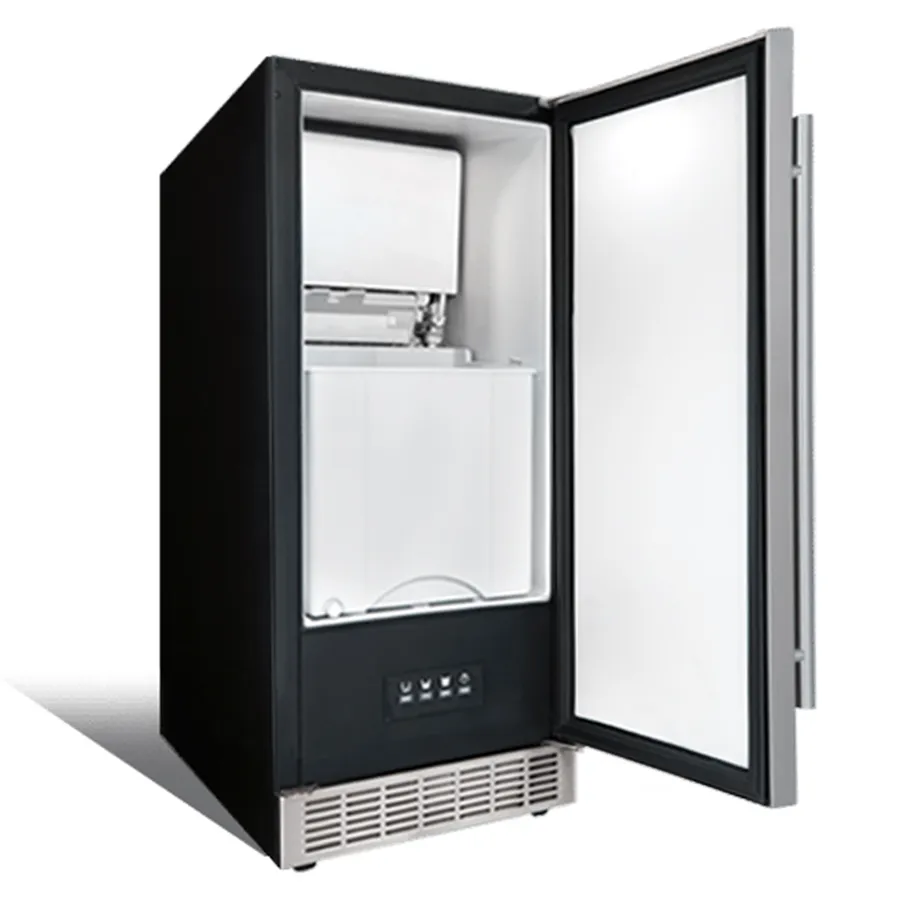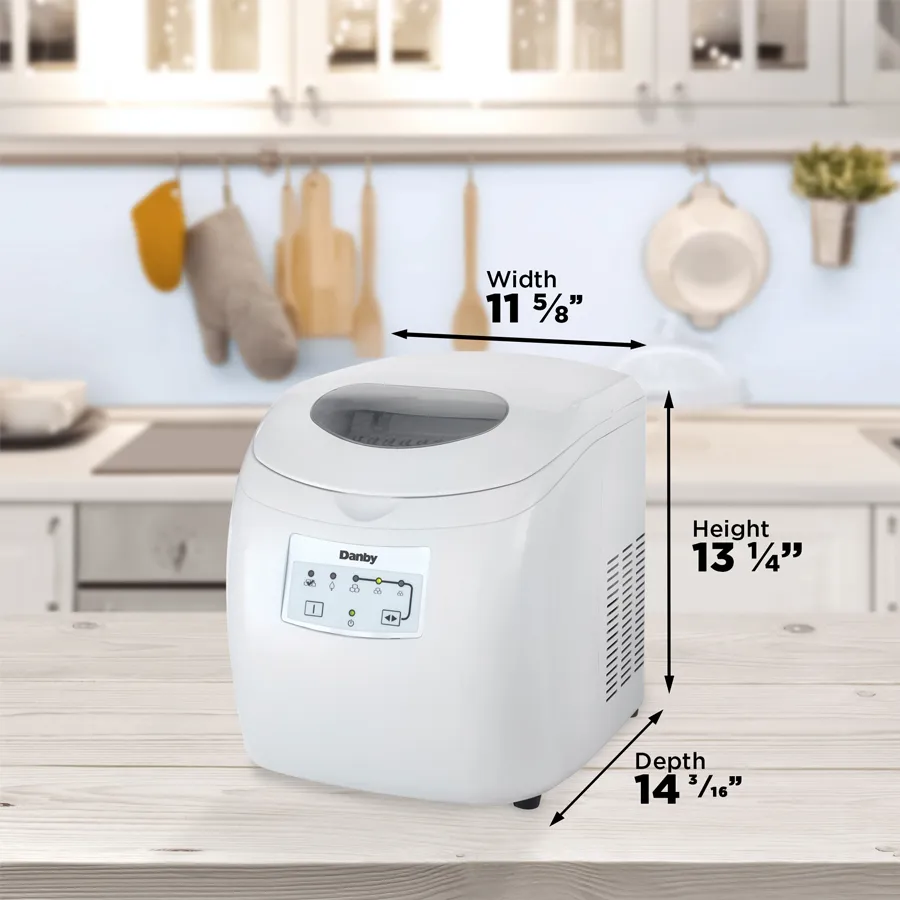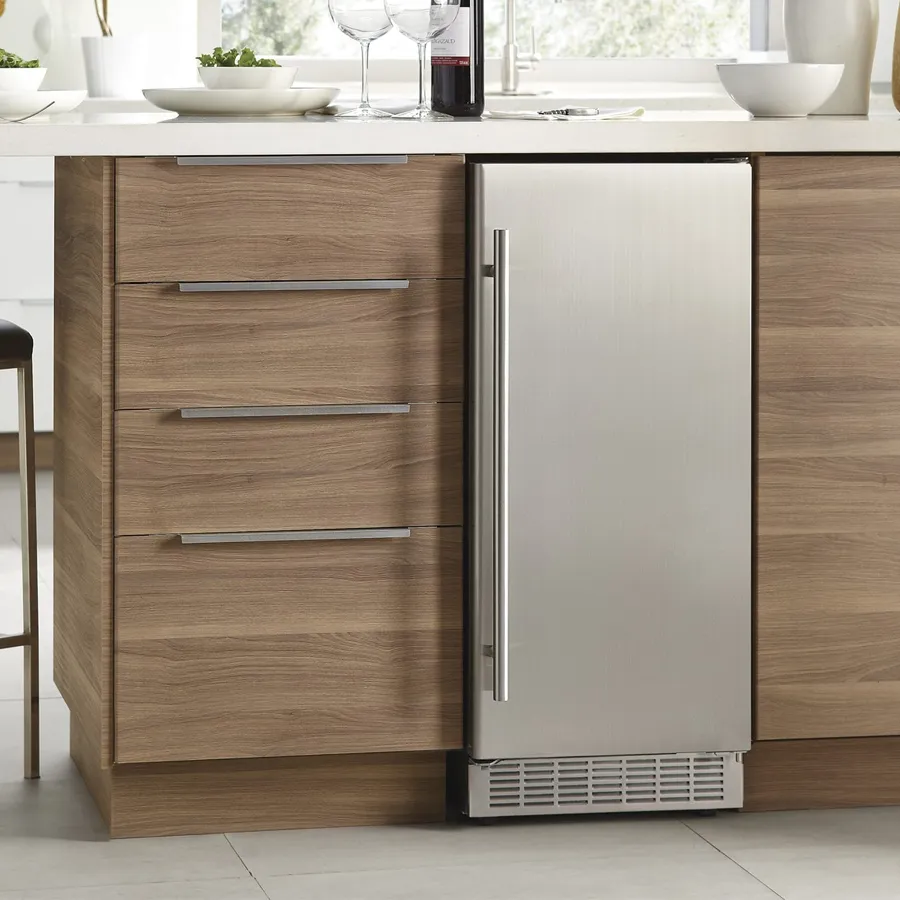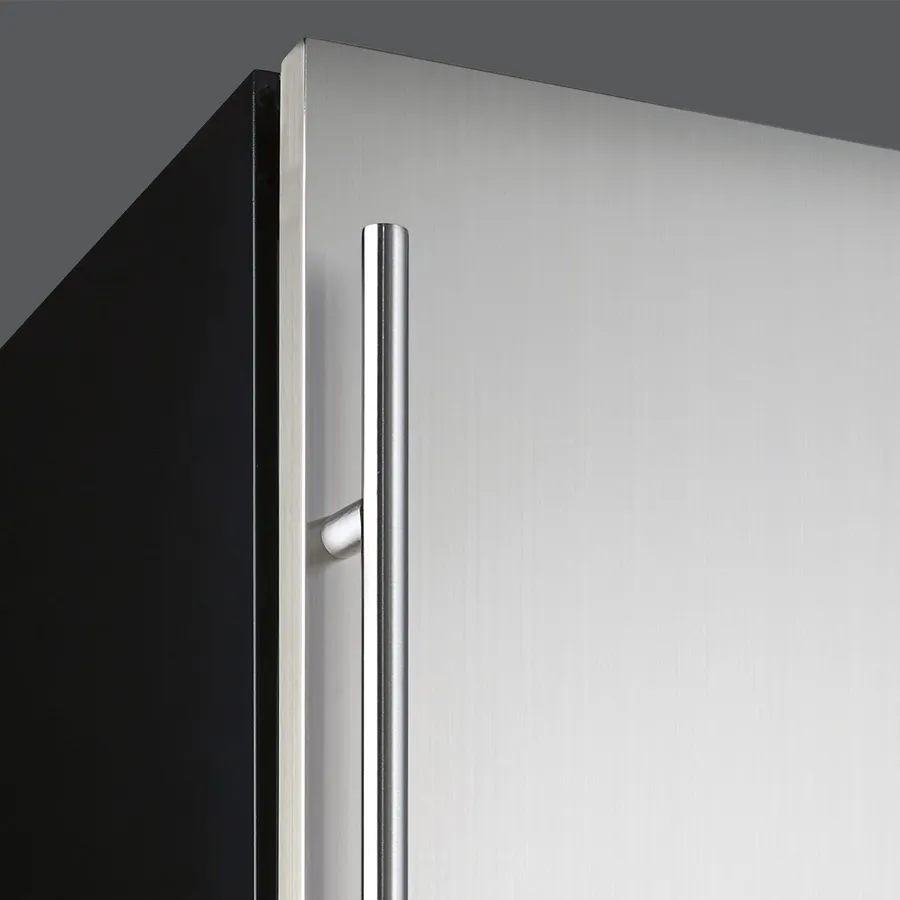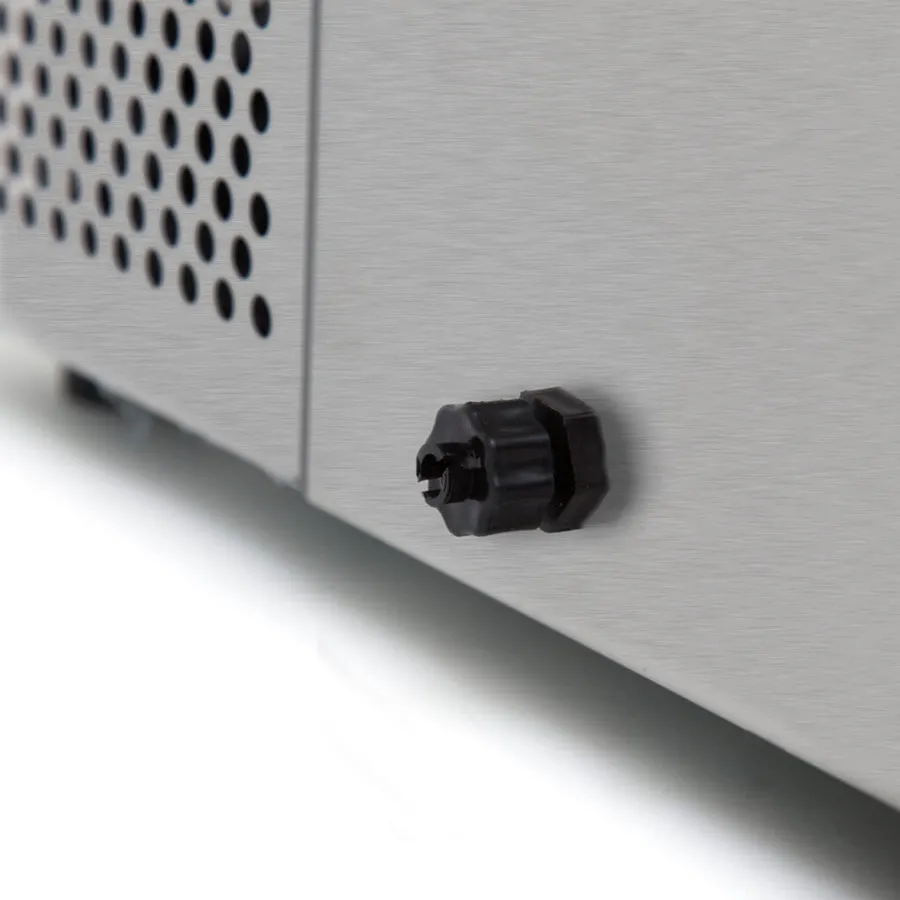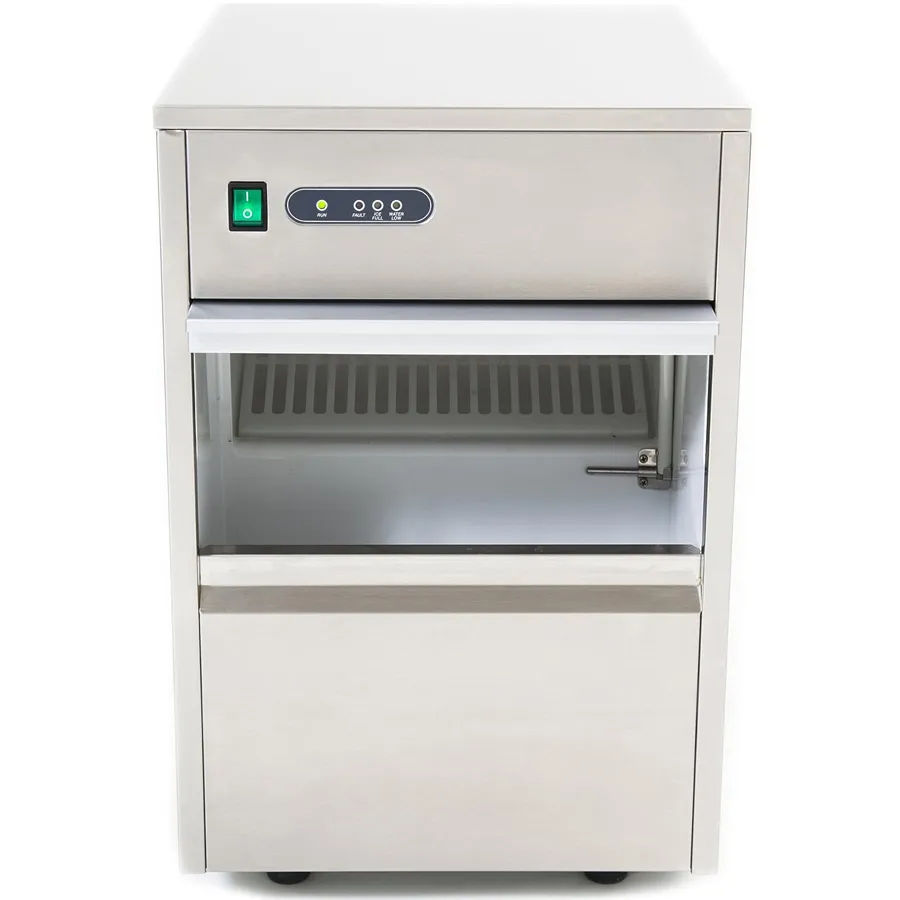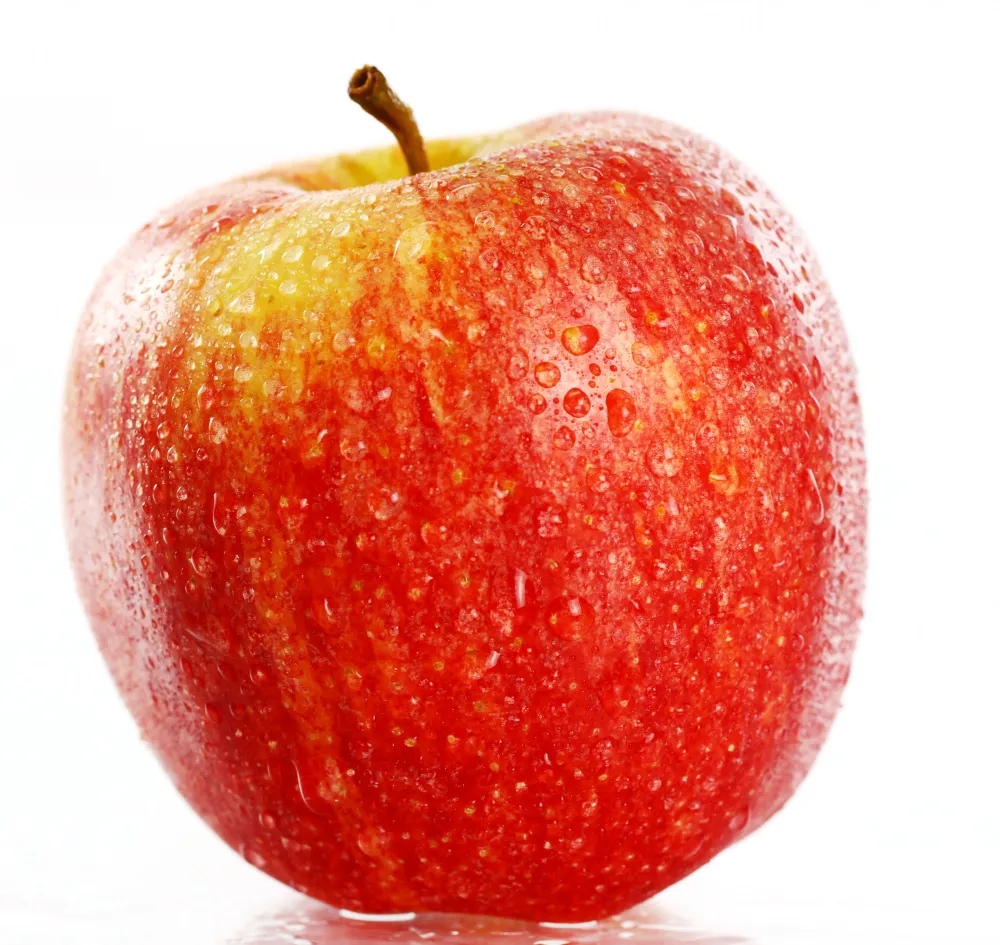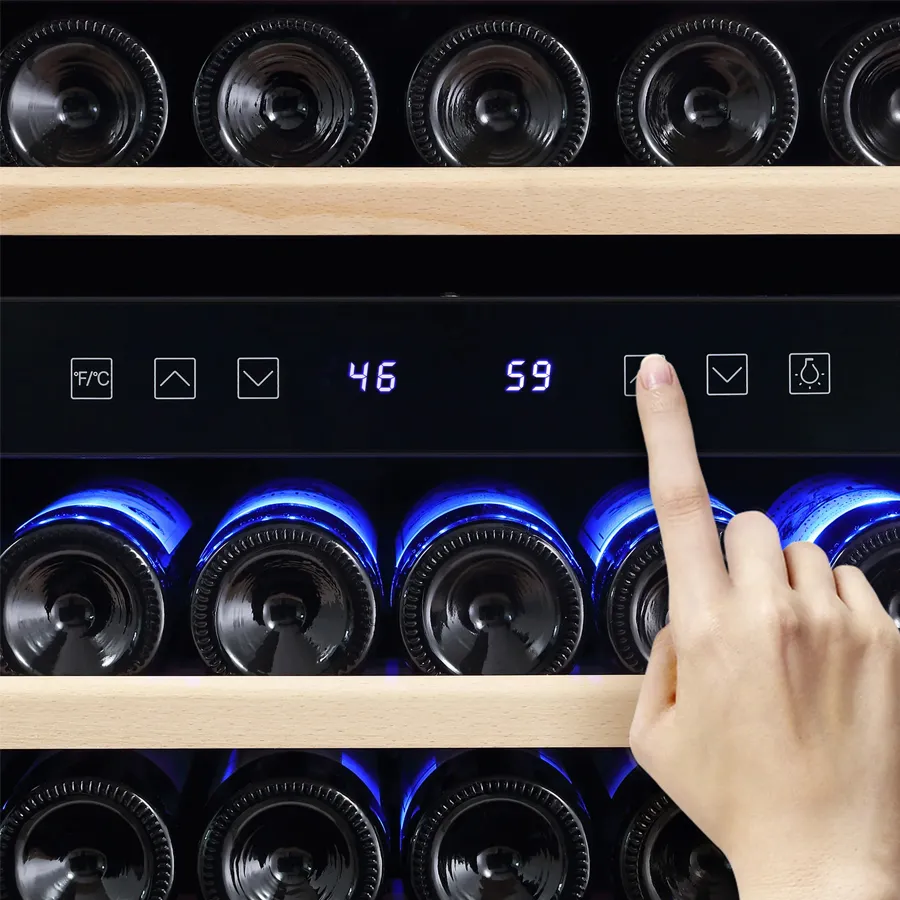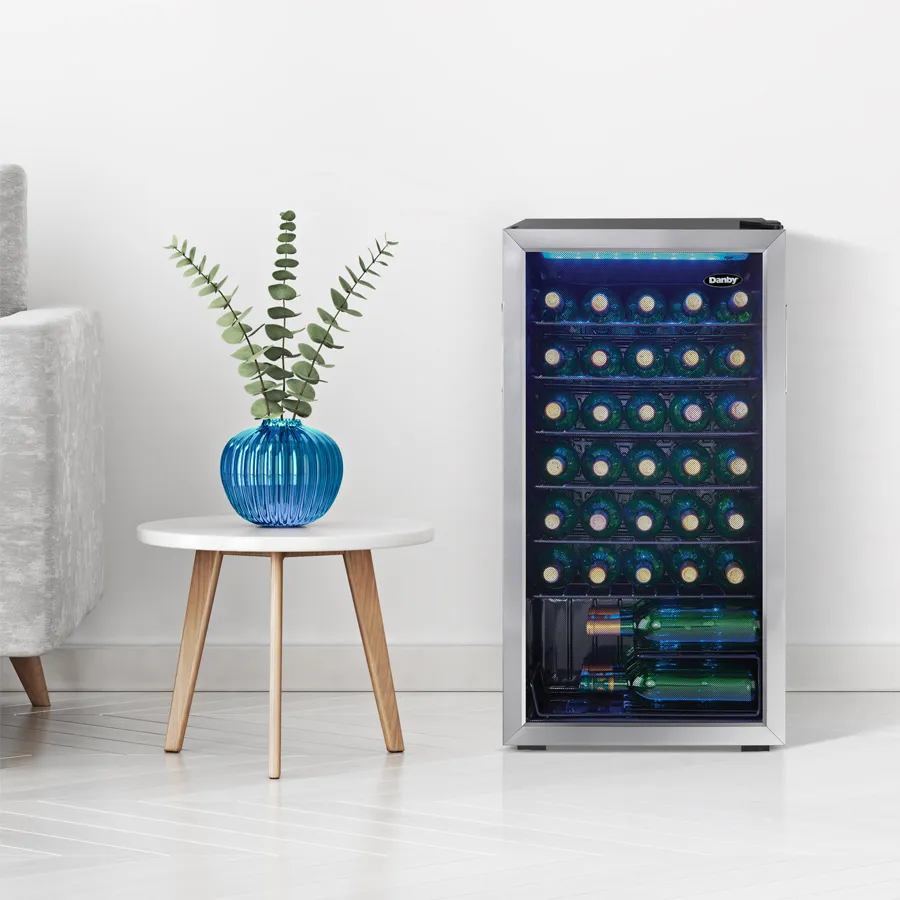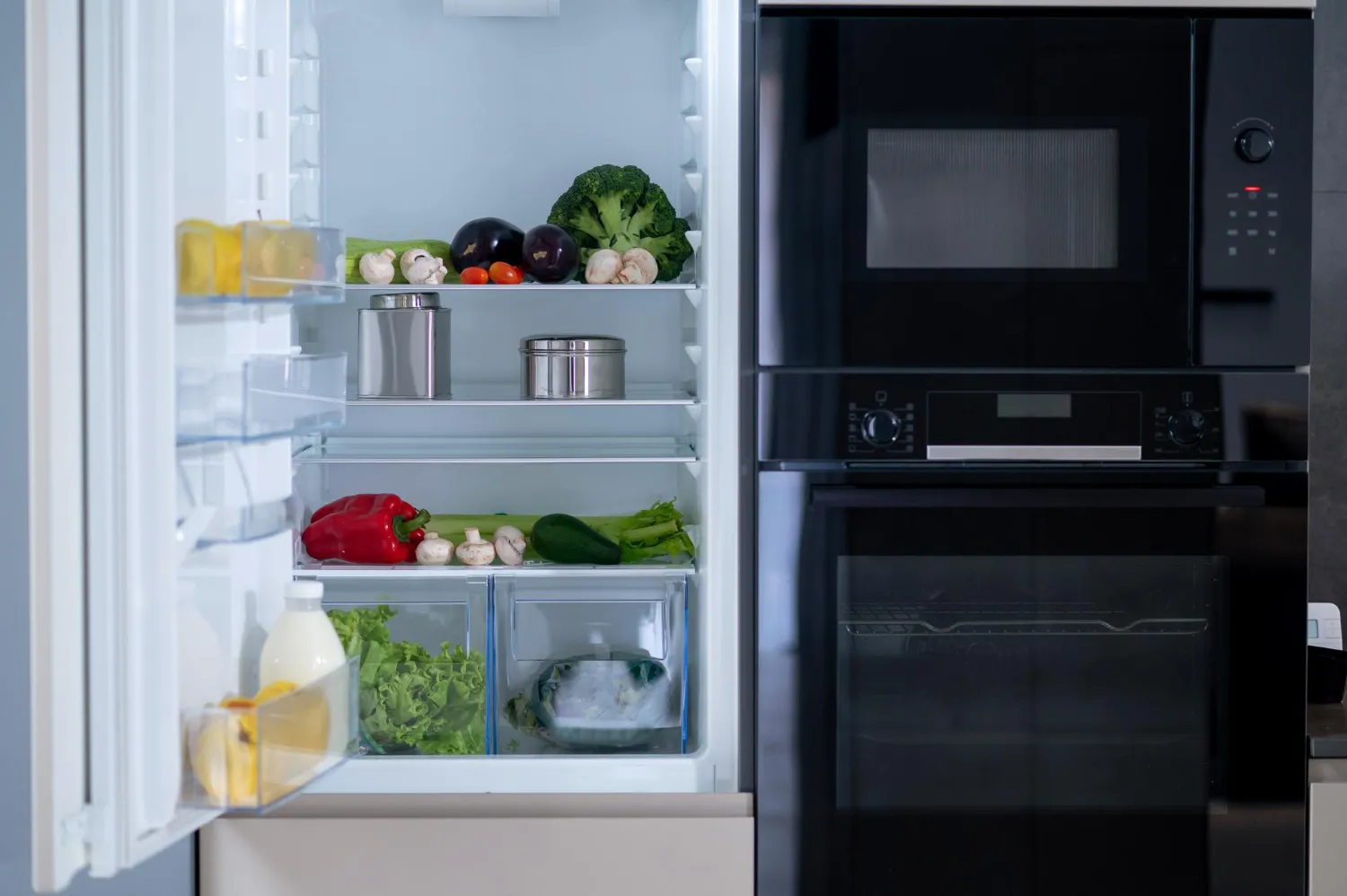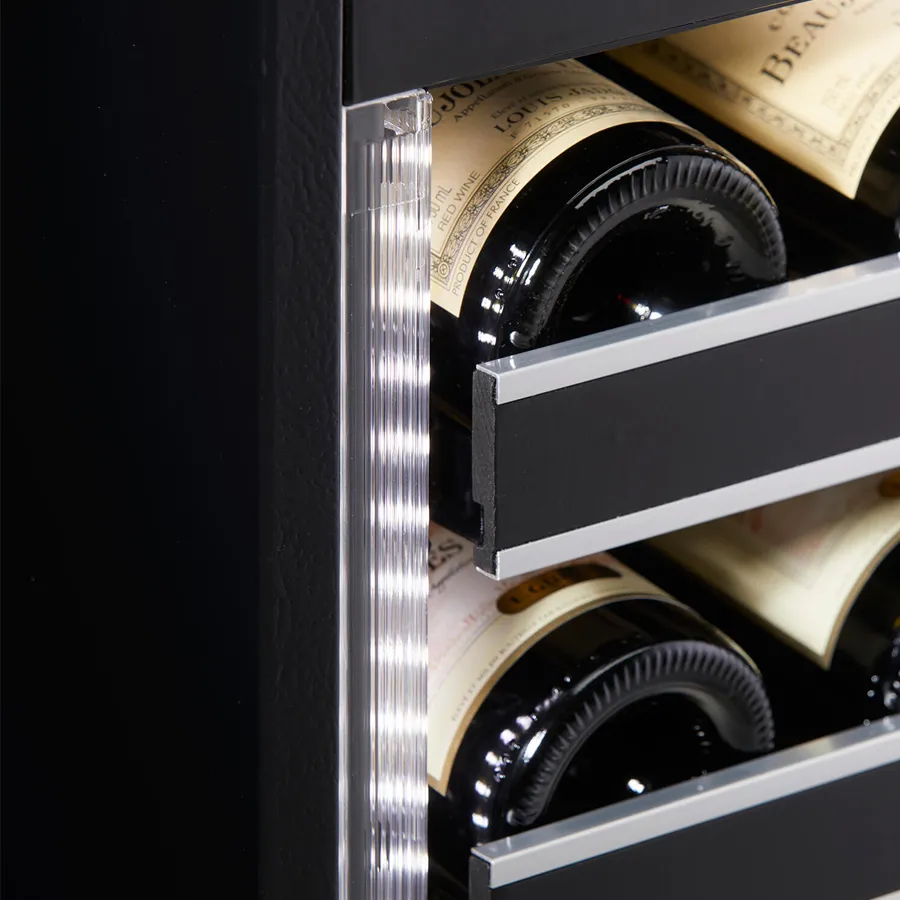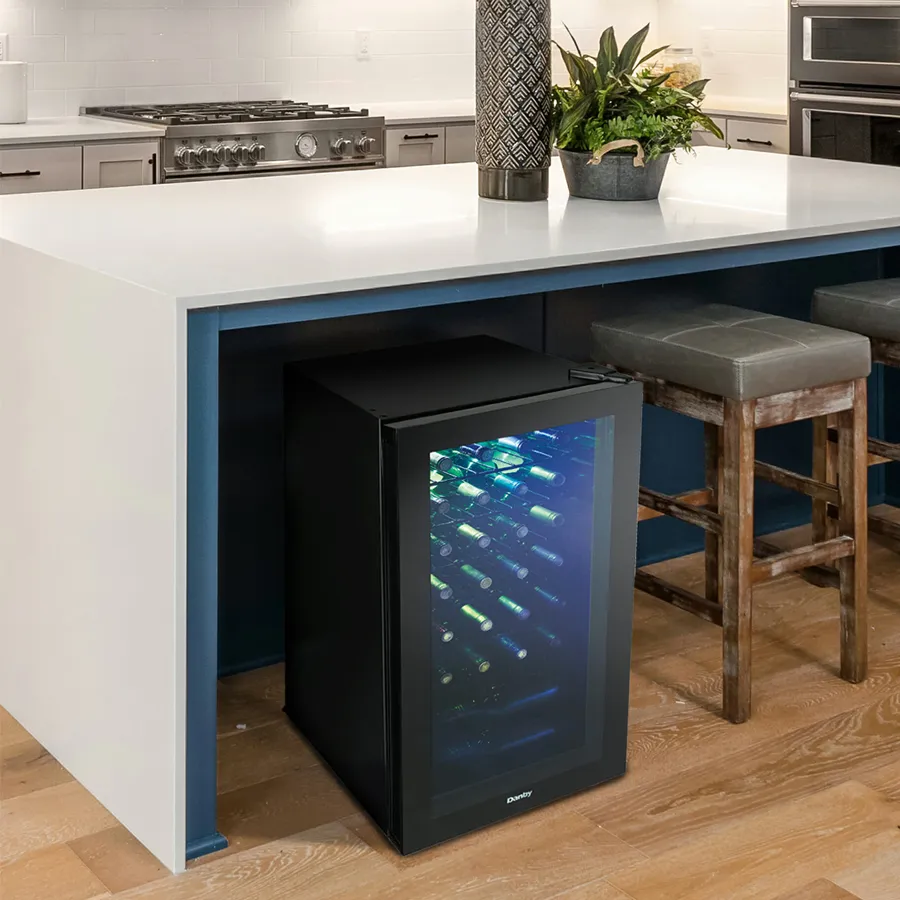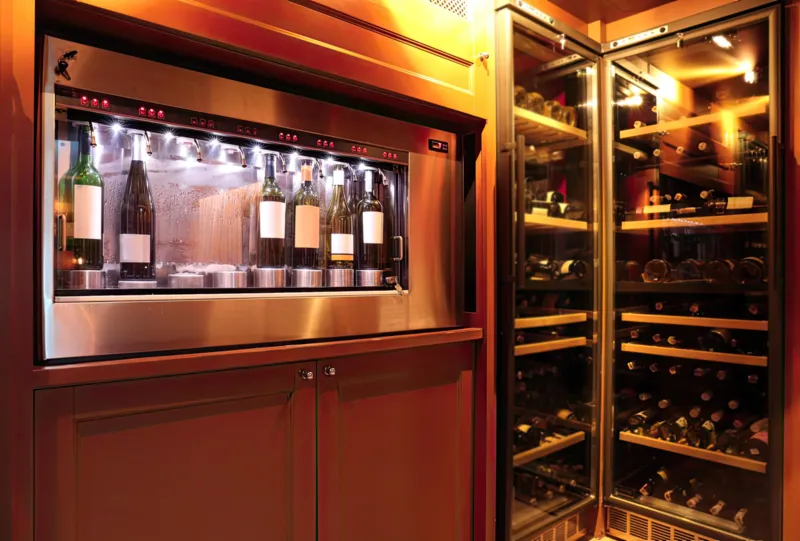All ice makers, from high-end party machines to standard units, have a similar feature. They require consistent attention and upkeep. All sorts of avoidable diseases will strike them if you don’t take care of them. The good news is that you can keep your machine in good working order for a long time without having to deal with many of the common problems that arise.
Read Product Manual
There is a wide variety of ice makers available. This essay is written with a broad guide in mind. If you need assistance with specific issues, maintenance, or support, you should always check the handbook with your product.
Every day, ice machines transform water into pounds of dazzling, icy cubes. Thus, the fact that they need cleaning regularly may seem strange. Like any device dealing with food, these machines process ingredients. The proliferation of germs in unclean environments poses a threat to human health.
Keep Your Ice Maker Clean
Keep your ice maker clean by sanitizing it regularly. Companies like Scotsman market their own special recipes for just this reason. Some people suggest making your own diluted bleach solution; this is the advice of True Manufacturing and FirstBuild (Opal’s manufacturer). Whatever you choose, make sure you flush the inside of your ice maker with it. In addition to rinsing well with water, that should prevent biological contamination.
It is unnecessary to sanitize refrigerators that have ice makers and water dispensers built in. But, every month or so, you should clean them thoroughly. Disconnect the refrigerator’s power cord and remove all perishable items from the freezer and the fridge. The next step is to mop or wash by hand all of the inside surfaces. Avoid using abrasive materials or strong chemicals; instead, use gentle soap and warm water. Before returning anything, make sure it is dry and clean
Keeping the exterior of the device clean is also a good idea. In addition to keeping it clean, that will protect your ice machine from unsightly stains. A moist cloth is usually sufficient. An effective solution for dried spills is a mixture of a little soap and warm water.
Change the filter Every 6 Months
Making clean ice from polluted water is impossible. These days, a water filtering system is standard on all refrigerators that feature an ice maker. Activated charcoal filters are commonly used to eliminate common water contaminants. For instance, chlorine can alter the odor and flavor of water and ice.
Additionally, filters are used by a lot of independent ice makers. Some just neutralize unpleasant tastes and smells in water, while others can remove VOCs. Bacteriostatic effects stop bacterial reproduction and are present in many pro-filtering systems, mostly for commercial applications. No matter what, remember to change the water filter every so often. Always refer to the handbook. It could happen quarterly, semiannually, or annually.
Descale Before Proceeding.
Your ice maker will develop scale and calcium deposits unless you purchase a reverse osmosis (RO) system. Refrigerator ice makers don’t actually manufacture that much ice (4 to 5 pounds per day) as compared to freestanding machines. This means that scale building is not an issue as much. Separate ice makers produce ice cubes at a rate many times higher in the same time frame.
As an example, the True Clear Ice Machine can only produce up to 70 pounds of ice every day. Rapid formation of scale deposits is possible at that pace. They will wear down machine components if you don’t get rid of them. Regular descaling of your appliance might help combat this. Their ice maker comes with their own special descaling solution, which we suggest using. According to the instructions, you may remove internal scale deposits from your FirstBuild Opal nugget ice maker by using regular household vinegar.
Clear Obstructions
Clogs are a common problem with refrigerator ice makers. Jams are commonplace in the ice dispenser chutes as time goes on. The usual suspects are broken ice particles and thawing ice. Repairing contemporary refrigerators that have built-in ice makers is a breeze. Take out the ice bin and any frozen cubes that got lodged in it first. Next, wipe off the ice chute and bin bottom with a warm, moist towel. After making sure everything is dry, put the bin back in position.
Some refrigerators, especially the older ones with the ice maker in the freezer, require additional support. Look for obstructions in the ice chute. The cubes in the container might have fused if that isn’t the issue. If you don’t use the ice maker very often, this is what usually happens. To avoid this, empty the ice bin on a weekly basis.
For optimal performance, standalone ice machines require enough airflow. Vents can be found on the underside (front side) of undercounter units manufactured. The right side of the vent is where cold air comes in, while the left side is where warm air goes out. Please ensure that this venting is not blocked or obstructed. Also, make sure there’s at least three inches of space behind and on each side of the ice maker.


